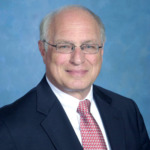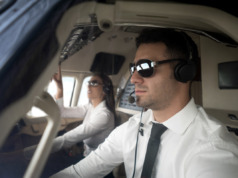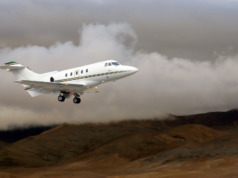
Nothing and no one is forever. Employees retire, become disabled, die, or are lured away. At some point, you’ll be required to fill an aviation role in your organization.
When this occurs, the smart aircraft owner or aviation manager doesn’t jump right into hiring mode. Instead, he or she analyzes the entire department, reevaluates current needs, and projects what might be required in the future.
Human resources personnel and external recruiters (aka headhunters) will direct you to focus on:
- why these positions are required,
- delineate the goals and objectives the new hire will be expected to accomplish,
- identify which skills, experience, and attributes you want a candidate to possess, and
- review working conditions, if the former employee left to go elsewhere.
After this relatively straightforward and fairly simple process is done, and any organizational restructuring completed, your next step is to prepare new or updated job descriptions for all roles that now need to be filled.
Once this groundwork is in place, where do you start your search? Begin in the place most familiar to you – your own company!
Conventional HR wisdom states that, on average, employee referrals require ten recommendations to accomplish a hire, while obtaining applicants from traditional sources increases that number by a factor of seven. Additionally, you should solicit other aircraft owners, suppliers, OEMs, service providers, and industry associations for recommendations.
Next, create a good impression for prospective applicants. It is incumbent upon you as the hiring manager to assure that high quality candidates continue in the process. Sadly, recruiting horror stories of how poorly many, perhaps even most, organizations conduct the hiring process abound.
Unless potential employees have a positive experience from the time they submit an application to their final interview (or “no thank you” letter), the efficacy of your recruiting efforts will be reduced markedly – resulting in a much longer search time, substantial wasted effort, and unnecessary expense.
Be expeditious in all that you do. Not reviewing candidates’ qualifications in a timely manner, following up later versus sooner, or even not responding at all, just makes the job of finding that right person that much harder. Don’t be your own worst enemy.
The Three Cs of Hiring
Many hiring managers are not aware of, or do not fully understand, that there are three basic tenets involved with making a truly great hire: Culture. Capability. Chemistry.
These three principles go right to the heart of what’s required to find the candidate who offers the highest value while simultaneously presenting the lowest risk. Use them to avoid making a bad hire – an outcome which is bad for all involved.
Is your organization’s culture one into which the prospective employee not only will fit but which that individual can fully embrace and embody?
Does your company provide the capability for the candidate to be a top performer in terms of providing the necessary resources as well as managerial support?
Most importantly, does the interpersonal chemistry exist to support clear communication, complete understanding of the department’s mission, specifically, and comprehension of the company’s overall direction and business focus?
You’ll want to be aware of a common trap – not being totally honest and objective when assessing if you and your company align with the three Cs.
Licenses, ratings, and experience are only part of the total equation. When the final selection comes down to two or three candidates who appear to be similarly qualified, don’t flip a coin to decide your final choice. Make passion the tiebreaker. As an accomplished business aviation industry veteran once noted, “All things being equal, I’m going to hire the person who looks up when an aircraft flies overhead.” BAA
Steve Fushelberger is a marketing and communications consultant to the business, general, commercial, and defense aviation industries. Possessing a Commercial Pilot license, he’s held senior leadership positions at Rolls-Royce, United Air Lines, Textron Aviation, and Leonardo.





